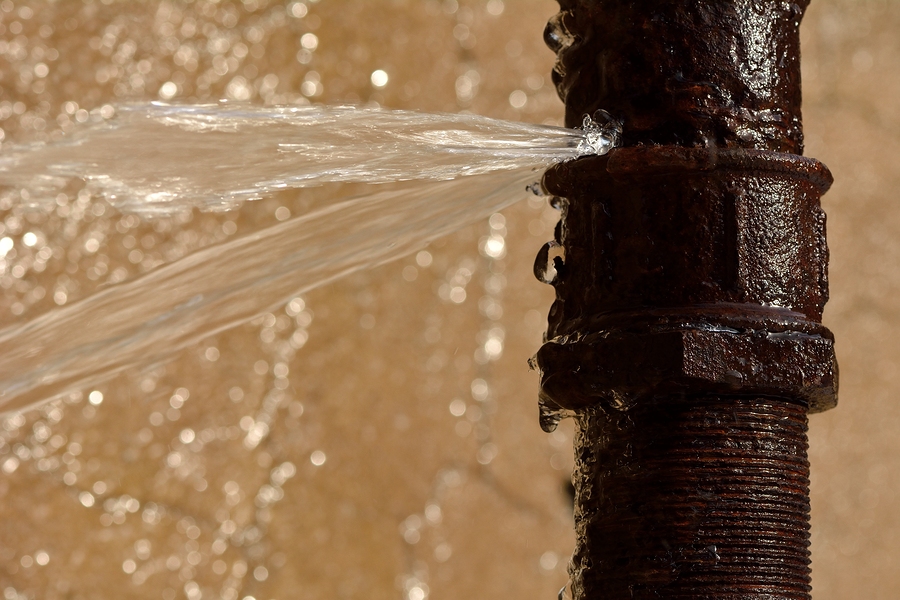The Injection molding process is used to produce parts shaped via injecting material into a mold. It can be done with different materials but is most often done with thermoplastic and thermosetting polymers. A material to manufacture a part will be fed into a heated barrel, mixed, and then forced into a mold where it cools and hardens to the shape of the cavity.
Injection molding is used to create a variety of parts, from small pieces to car body panels. 3D printing technology is starting to be used for the process as well since photopolymers can be used in simple injection molds.
Parts that are to be molded have to be designed very carefully to make the molding process possible. Particular attention must be paid to the material used for the part, the shape and features of the part, the material of the mold, and the propertied of the molding machine.
Many things are created using injection molding. Wire spools, packaging, bottle caps, automotive parts and components are among some of the things manufactured using the process. It is the most common method used to manufacture plastic parts as high volumes of the same object can be made.
Injection molding has its benefits as a wide range of materials can be used and the labor costs remain low. Not a lot of scrap material is produced during the manufacture of parts and there is usually no need to do any finishing work to the parts.
Injection molding start up can be expensive to start because of the high cost of equipment and the running costs. Molds may cost a fair amount as well. But once a business is established the costs later on remain low.
There are many polymers that can be used for injection molding. In 1995, approximately 18, 000 materials were available for use in injection molding. That number was growing at a rate of approximately 750 per year. This allows product designers to choose a material that will specifically suit their needs. They will be able to find something that has exactly the right properties. Materials are generally chosen based on strength and function for the final product but each material’s molding parameters must also be considered.
Automotive Parts
Your vehicle is full of plastic components manufactured by injection molding. For example, the dashboard is, in all probability, made from plastic injection molding. Radio controls, window buttons, cup holders – they are all made using the injection molding process. There are exterior pieces of vehicles manufactured using the process as well.
Lids
All kinds of lids are made from plastic injection molding. Plastic bottle caps, plastic cup lids, pill bottle lids – all of these are made with injection molding.
Electrical Switches
Things we use every day, such as our light switch, have been made with injection molding. The whole electrical system in your home relies on plastic injection molding for consistently designed plastic components.
DVDs and CDs
Many discs are made through the process of injection molding. As well as the discs themselves, the cases are made via the process as well. Of course, the plastic storage stand was also mass produced using injection molding.
Medical Devices
Plastics are versatile, lightweight, sanitary, and replaceable so the healthcare industry relies heavily on the use of them. There are many medical devices that are manufactured using injection molding. Plastic syringes and some other medical implements can be produced using this process.
Real Seal manufactures and distributes seal products and mechanical components with a strong focus on performance oriented rubber and plastic materials. We are a full-service supplier of sealing and mechanical components, operating in hundreds of industries both nationally and internationally.








